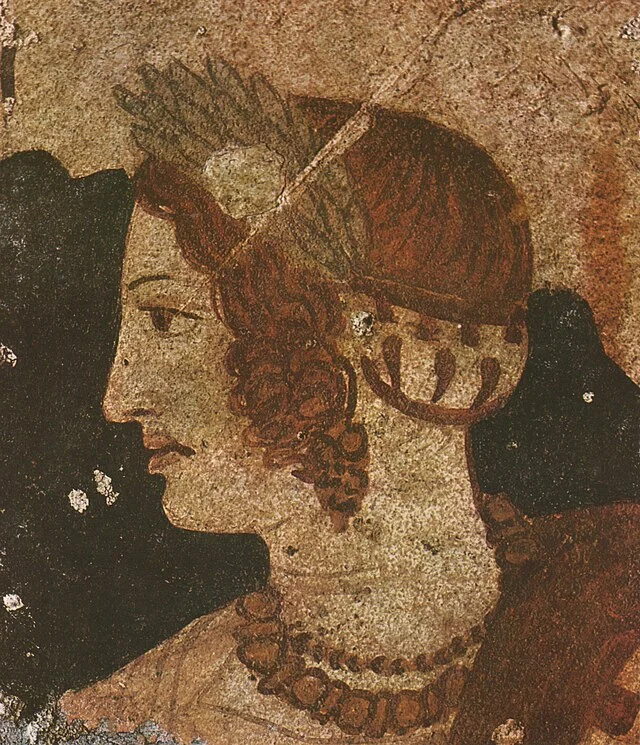The Velcha family was one of the most notable families in Etruscan society. Their influence extended across centuries, reflecting the prominence of the Etruscan elite in ancient Italy. Artifacts and tombs associated with the family have provided valuable insights into the political, social, and cultural life of Etruria. While much of the family’s history has been reconstructed from archaeological findings, written sources remain limited.
Get your dose of History via Email
Etruscan Origins and Influence
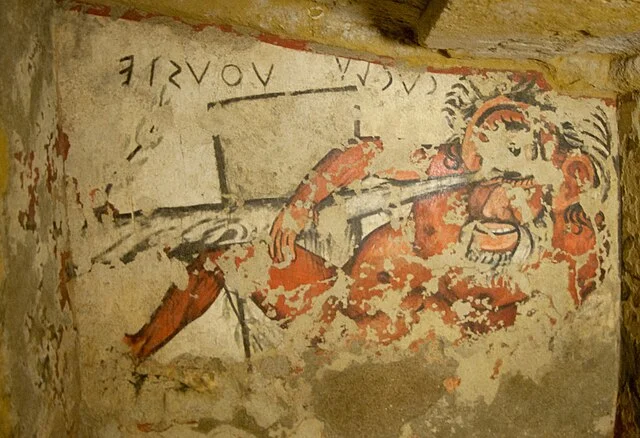
The Velcha family flourished during the height of Etruscan civilization, which peaked between the 8th and 3rd centuries BC. Etruscans, a pre-Roman civilization, inhabited central Italy, in a region later absorbed into the Roman Republic. Like other elite families, the Velchas were likely involved in the governance of their city-state and had significant political power. They also had a hand in trade and cultural exchanges, helping to shape Etruscan influence across the Mediterranean.
Tomb of the Velcha Family
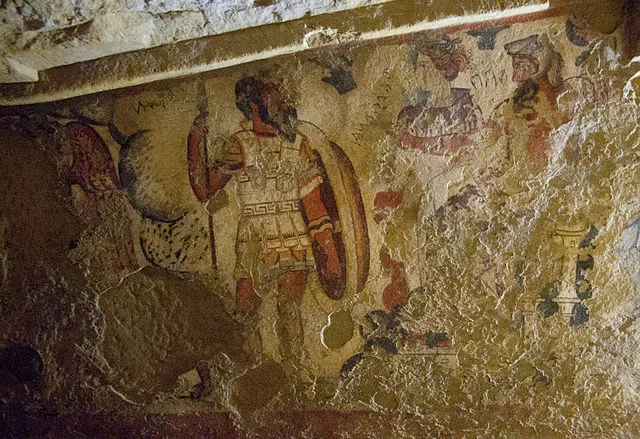
The most significant discovery related to the Velcha family is the family tomb in the Necropolis of Tarquinia, an Etruscan burial site dating back to the 7th century BC. The Tomb of the Shields (also known as the Velcha Tomb), discovered in 1878, is a prime example of Etruscan burial practices and artistry. The tomb is richly decorated, with frescoes illustrating family members in various scenes, emphasizing their wealth and status.
The tomb’s frescoes also offer a rare glimpse into Etruscan family life. They depict men and women in a domestic setting, highlighting the role of women in Etruscan society, who had more rights and public roles compared to their Greek and Roman counterparts.
Art and Iconography
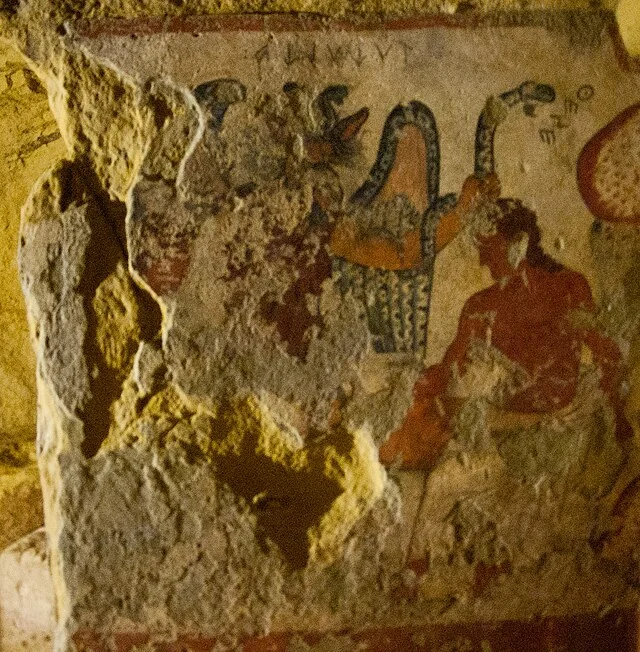
The art and iconography associated with the Velcha family are significant for understanding Etruscan culture. Etruscan tomb paintings, including those of the Velchas, were known for their vivid colors and dynamic scenes. These frescoes often depict banquets, hunting, and religious rituals, all essential elements of Etruscan elite life. The Velcha tomb includes images of shields, likely symbolizing power and military prowess, reflecting the family’s status.
Additionally, the tomb includes inscriptions, which further confirm the family’s importance. The name Velcha appears prominently in several inscriptions, underscoring the family’s role in Tarquinian society. The careful attention to funerary art in the tomb shows the importance of ancestor worship and family lineage in Etruscan culture.
Social and Political Role
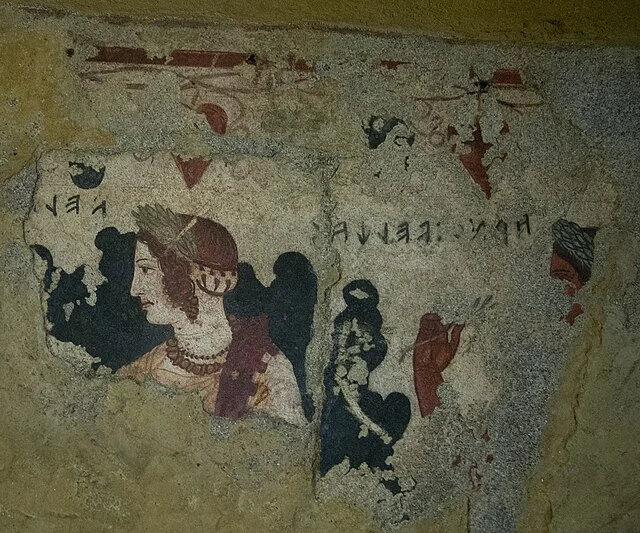
As with other prominent Etruscan families, the Velchas likely played a key role in the political sphere. The Etruscan city-states were governed by a ruling class, and the Velcha family would have been part of this elite. Although detailed records of their political activities are scarce, their wealth and prominence suggest they were involved in the governance of Tarquinia. The Etruscan city-state system was highly organized, and elite families like the Velchas held considerable influence in decisions relating to trade, diplomacy, and warfare.
The political structure of Etruscan society allowed wealthy families to accumulate power over generations. Their participation in religious rites also solidified their position, as religion was closely tied to political authority in Etruscan culture.
Decline and Legacy
Etruscan civilization began to decline in the 4th century BC as Rome expanded its influence. The gradual Roman conquest of Etruscan territories diminished the political power of families like the Velchas. By the 3rd century BC, most Etruscan city-states had been absorbed into the Roman Republic. Although the Etruscans lost their political independence, their cultural and artistic legacies, including those of the Velcha family, continued to influence Roman society.
Today, the legacy of the Velcha family is preserved through the artifacts and tombs they left behind. Archaeological discoveries have helped scholars better understand the Etruscan way of life, and the Velcha family remains a key figure in these studies. Their tomb is one of the best-preserved examples of Etruscan funerary art and provides valuable insights into the wealth, culture, and societal structure of the Etruscans.
Conclusion
The Velcha family’s tomb and other artifacts offer a unique window into Etruscan society. They reflect the political and cultural influence that elite families had in their city-states. Though the Etruscan civilization eventually fell to Rome, families like the Velchas left an enduring mark on history through their artistic contributions and their prominent role in Etruscan society. The study of the Velcha family continues to provide critical insights into this fascinating ancient culture.

